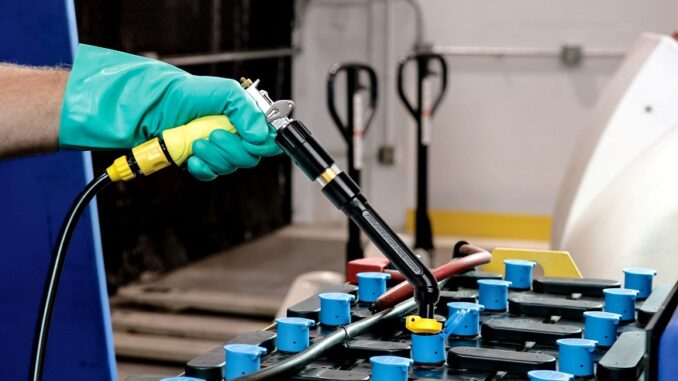
Batteries became an essential part of our lives in the twentieth century, and their widespread use and general popularity has remained unchecked since then. Batteries fulfill many essential functions and power many of the devices we use on a daily basis. For sure, batteries themselves are not in any danger of becoming obsolete – all the battles for market share and industry use occur within the world of batteries itself. Referring to the incessant march of technological development, it is more a question of which batteries will come out on top.
The lead-acid battery is one kind that has enjoyed one of the longest periods of continued use. The advantage of lead acid batteries is that it is both cheap and reliable, and for this reason it is widely used (most notably inside cars) right down to today.
There has, however, been much speculation within the market that lead-acid batteries are in terminal decline, soon to be superseded by lithium-ion batteries once the latter’s price comes down. But are the days of the lead-acid battery really numbered? This is a question that demands some closer examination.
Primary and Secondary Batteries
The batteries that we have been using for years can be broadly divided into so-called primary and secondary batteries.
Primary batteries are disposable batteries and are the most familiar kind. The small AA or AAA batteries typically used inside products such as TV remotes ad alarm clocks are defined as primary batteries. These batteries are not usually rechargeable, although many new rechargeable alternatives exist, such as the USB rechargeable batteries marketed by Pale Blue Earth, which offer a lithium-ion alternative for great charge capacity and general longevity.
Such rechargeable batteries are known as secondary batteries – and they are used in a much broader range of contexts than primary batteries. As well as offering alternatives to traditional primary batteries, like the aforementioned USB rechargeable batteries, they also power much of the latest technology. We can expect this latter type of battery to only become more ubiquitous, especially because lithium-ion car batteries are essential for powering the electric cars that seem set to dominate the market over the next decade. Although a relatively old kind of battery, the lead-acid falls into this secondary “rechargeable” category.
Yet lithium-ion batteries (which were beforehand considerably more expensive than any primary batteries) have been touted as the product that will end the long hegemony of the lead-acid battery. Their great advantage is that they boast an energy density far in advance of the lead-acid battery and are simply more efficient. Of course, the great disadvantage of the lithium-ion is that they have traditionally been more expensive – both to produce and purchase. Prices have, however, been coming down and seem likely to continue doing so.
Staying Power
Nevertheless, the lead-acid battery is proving a stubborn contender for the largest share of the battery market. Contrary to what might be expected, lithium-ion batteries have yet to supersede lead-acid batteries and have some pretty big challenges to overcome should they wish to do so.
Even with their declining cost, lithium-ion batteries still have one major disadvantage – they are only about 5% recyclable, compared to 99% for lead-acid batteries. The mining of lithium and the process of manufacturing lithium-ion batteries has also raised many serious environmental concerns, which rather defeats the point of all the new clean technology they are intended to power.
These drawbacks have proven to be a major stumbling block for the lithium-ion battery. And if these issues cannot be addressed, the humble old lead-acid will not be going anywhere any time soon.

Leave a Reply